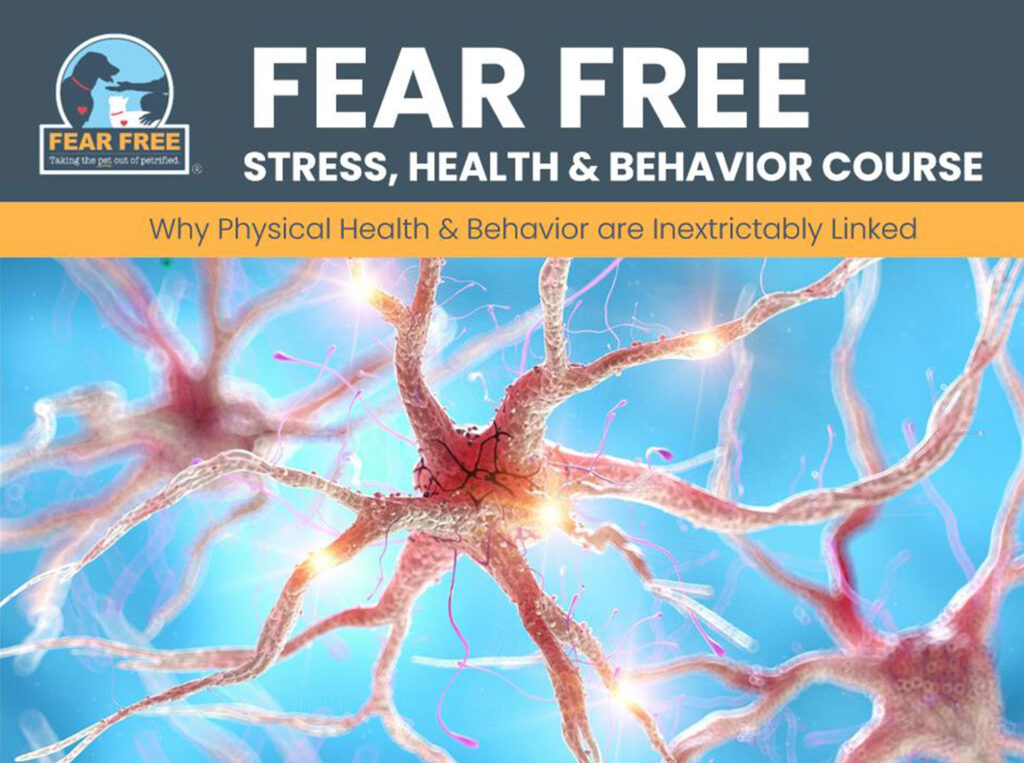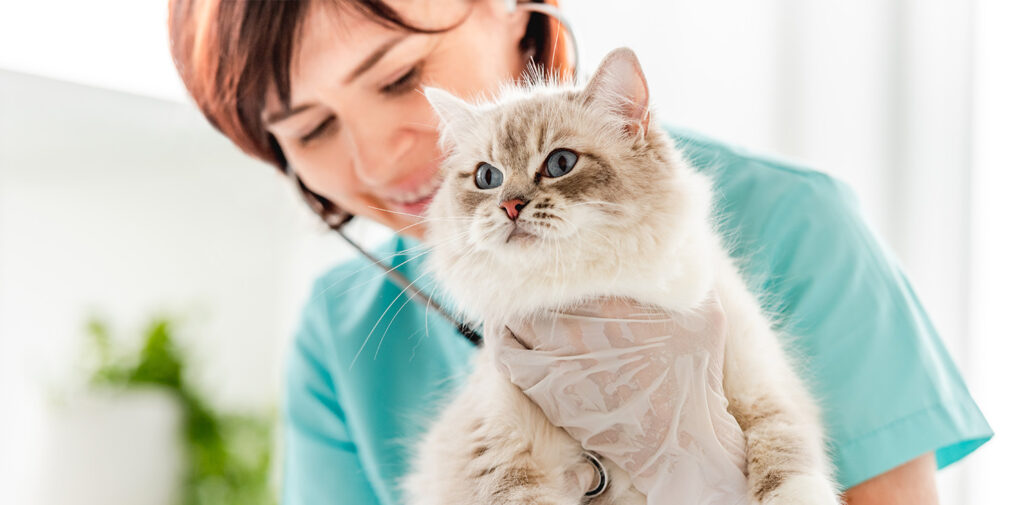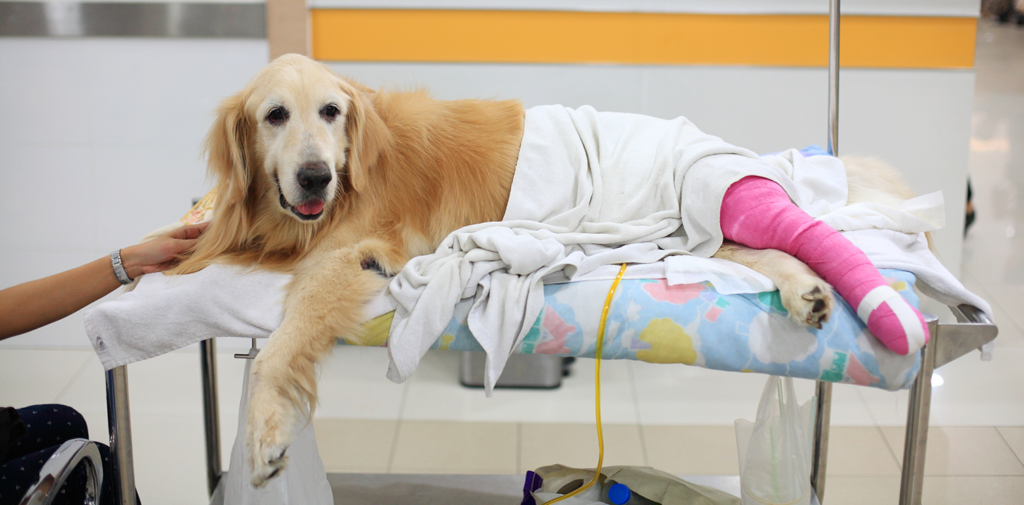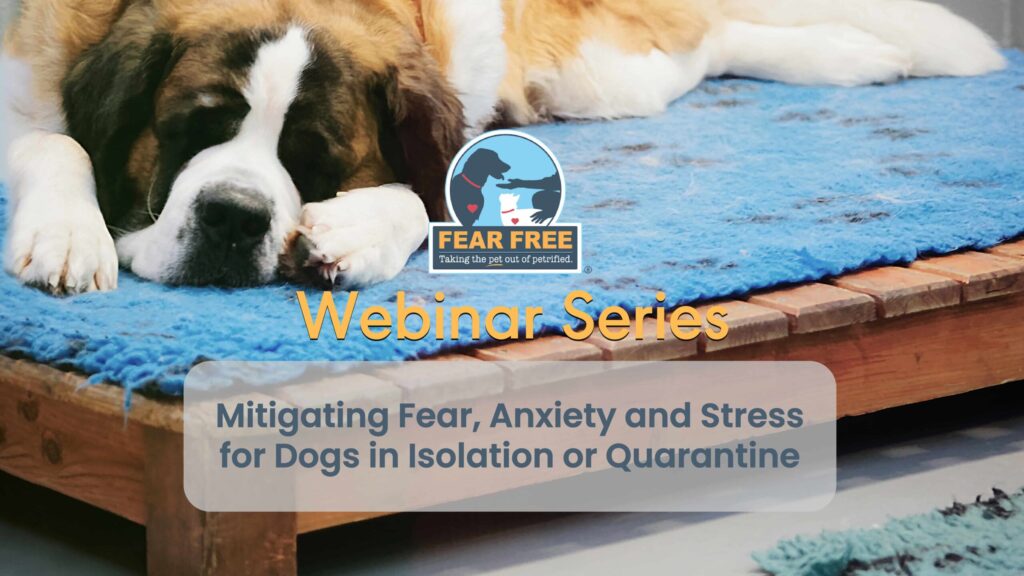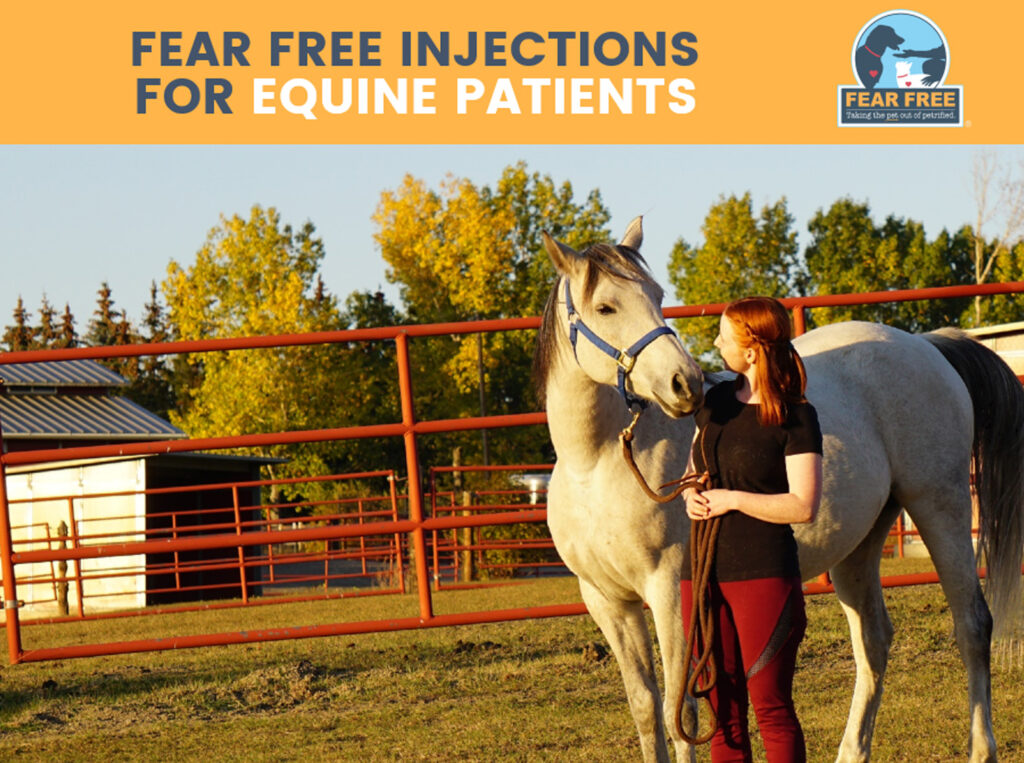
Course Overview
This course will build on the subjects discussed in the Fear Free Veterinary Certification Program for Equines, and delves into specific, proactive, learning-theory based techniques to help our equine patients experience Fear Free injection procedures. Multiple options for techniques will be discussed in detail, allowing you to thoughtfully match the horse’s FAS level and history to an appropriate technique.
This course contains four lessons:
- Lesson 1: The role of injection in equine medicine
- Lesson 2: Setting up successful injection training
- Lesson 3: Training technique options
- Lesson 4: Transferring skills to the vet visit & troubleshooting
This course was written by Manon (Nita) Hynes, DVM, Resident, American College of Veterinary Behaviorists.
It is approved for 1.5 hours of RACE CE.
